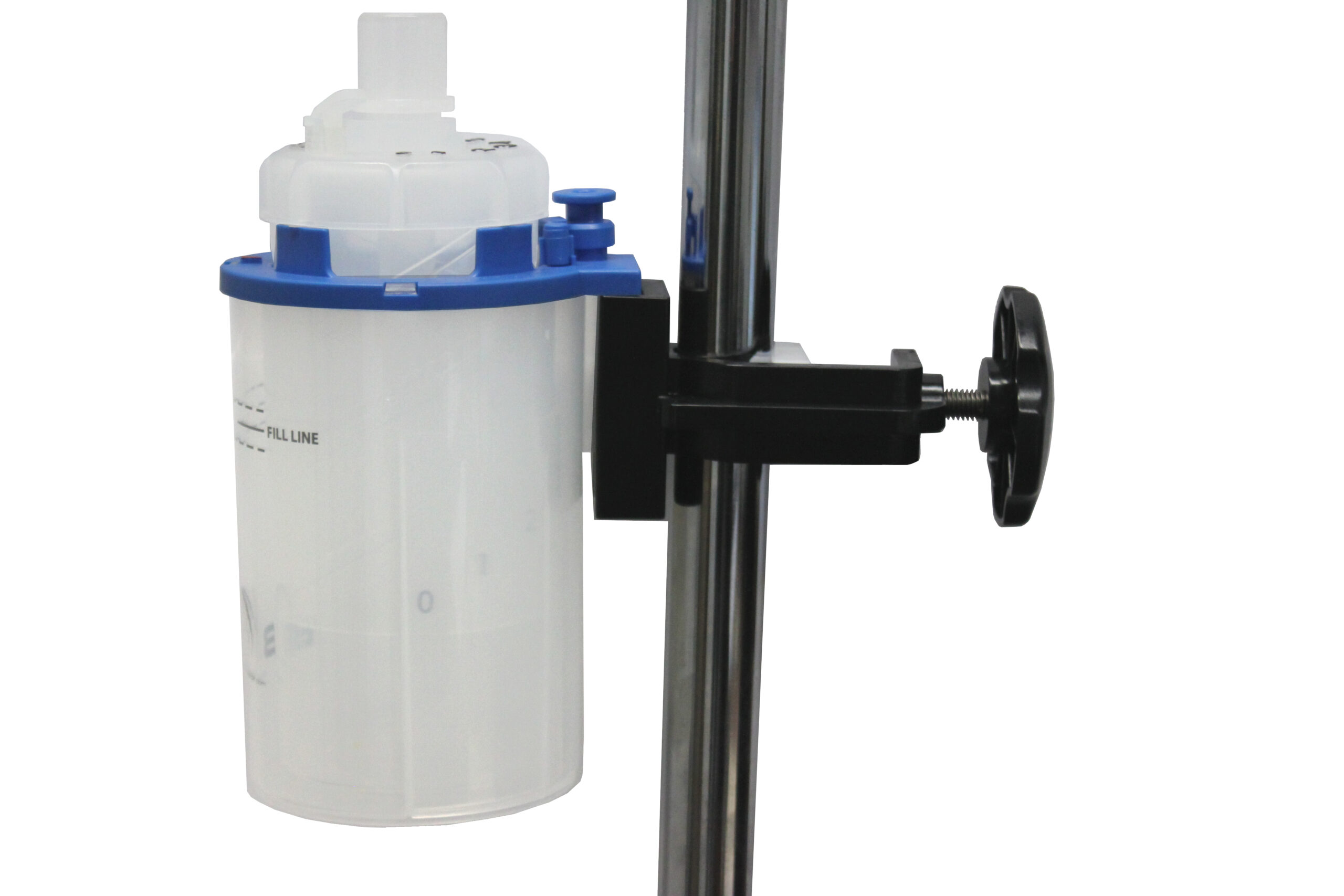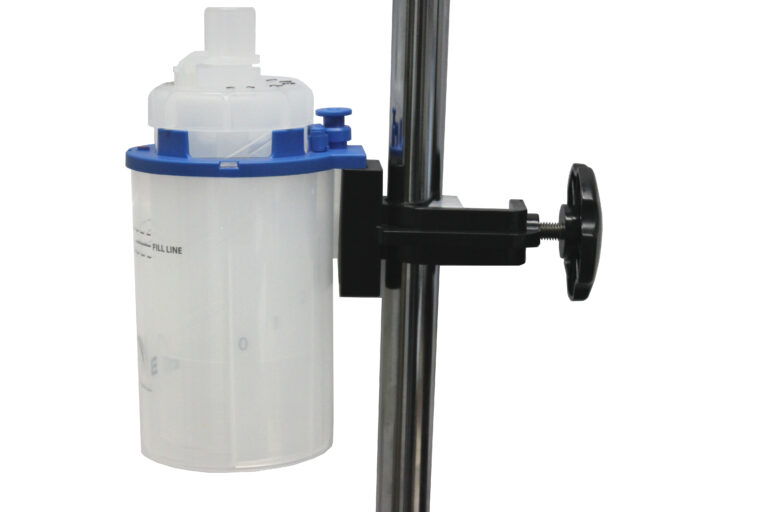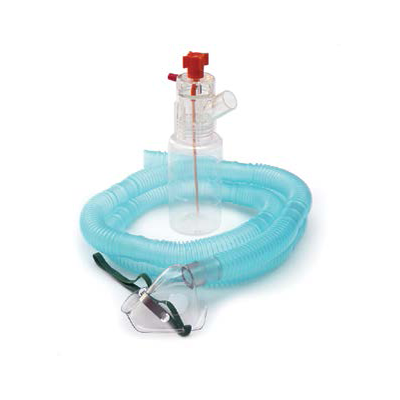When a baby is born prematurely or with underdeveloped lungs, respiratory support becomes crucial. Bubble CPAP, a non-invasive therapy, plays a vital role in helping neonates and premature infants breathe more easily. By delivering continuous positive pressure through a nasal tube, it ensures the infant’s lungs remain open, promoting healthy lung development and reducing the need for invasive treatments. In this blog, we are going to explain how it works for neonates, premature babies, and infants, its benefits, and the recommended duration of use for effective respiratory support.
What is Bubble CPAP?
It is a non-invasive therapy that helps babies with respiratory distress. Unlike traditional CPAP, this system uses water to create pressure, ensuring the infant’s lungs stay open. It is mostly used in neonatal intensive care units (NICUs) for premature babies who struggle with breathing. By maintaining open airways, this treatment reduces complications and helps the baby breathe more easily.
How it Works for Neonates, Premature Babies & Infants
The key to CPAP lies in the simple yet effective mechanism it employs. The system consists of a water column, which the air is bubbled through to create continuous positive pressure in the baby’s airways. This pressure ensures that the infant’s lungs remain open and adequately ventilated, preventing atelectasis (lung collapse) and improving gas exchange.
For premature babies and neonates, it can significantly reduce the risk of long-term respiratory issues. It is often the first step in managing respiratory distress before more invasive treatments are required, such as mechanical ventilation.
Bubble CPAP Baby: A Vital Intervention
When dealing with a Bubble CPAP baby, it is crucial to understand the timing and application of this therapy. The goal is to provide just enough support to help the baby’s lungs mature and function more efficiently while minimizing discomfort. The system works by delivering a consistent level of air pressure, which is gentle yet sufficient to keep the lungs open.
For Bubble CPAP baby therapy to be effective, it must be carefully adjusted to meet the individual needs of the infant. It is not a one-size-fits-all solution, as each baby’s respiratory needs are unique.
The Benefits of Bubble CPAP for Premature Infants
For premature babies, whose lungs may not be fully developed, it offers numerous benefits:
- Prevention of lung collapse: The consistent positive pressure keeps the lungs from collapsing, which is essential for infants who are unable to generate enough pressure on their own.
- Non-invasive: Unlike mechanical ventilation, this treatment is non-invasive, decreasing the chances of infection and other complications associated with more invasive interventions.
- Improved oxygenation: By maintaining open airways, it improves oxygen supply to the blood, which is vital for neonatal health and growth.
Bubble CPAP Age Limit: When Does it Apply?
The Bubble CPAP age limit typically refers to the point at which this therapy is most effective. While it is primarily used in neonates and premature infants, its application may vary depending on the baby’s size, gestational age, and overall health. Most babies are treated with it in the early days or weeks of life, especially in cases where they are born prematurely or are struggling with respiratory distress.
The therapy may continue for as long as the baby requires support, but doctors will regularly recheck the requirement for consistent treatment based on the baby’s respiratory progress. Once a baby’s breathing becomes stable and they can manage their own airway pressure, the therapy is typically weaned off.
How Long Do NICU Babies Stay on Bubble CPAP?
The duration of this therapy for NICU babies can greatly change, based on how severe the respiratory distress is and the overall development of the baby’s lungs. Some babies may only need a few days of this therapy, while others may require it for several weeks. However, the general aim is to wean off the therapy as soon as the baby is able to breathe effectively on their own.
Frequently Asked Questions (FAQs)
This therapy provides a continuous flow of air to help infants with respiratory distress maintain open airways, preventing lung collapse and improving oxygenation.
Weaning it off occurs when the baby’s respiratory system is strong enough to breathe effectively on its own, which may take several days to weeks.
The length of time NICU babies stay on CPAP depends on their individual respiratory needs, ranging from a few days to several weeks.
The Final Word: The Essential Role of Bubble CPAP in Infant Care
Bubble CPAP is crucial for treating respiratory issues in premature babies and neonates. It offers non-invasive support that helps prevent lung collapse, improve oxygenation, and promote lung development. By providing gentle, consistent pressure, it minimizes the need for invasive treatments and supports long-term respiratory health.
At B&B Medical Technologies, we are committed to offering effective respiratory solutions like this one to healthcare providers. Our products are designed to deliver the best care to vulnerable infants. Learn more about Bubble CPAP and other innovative products on our website.


